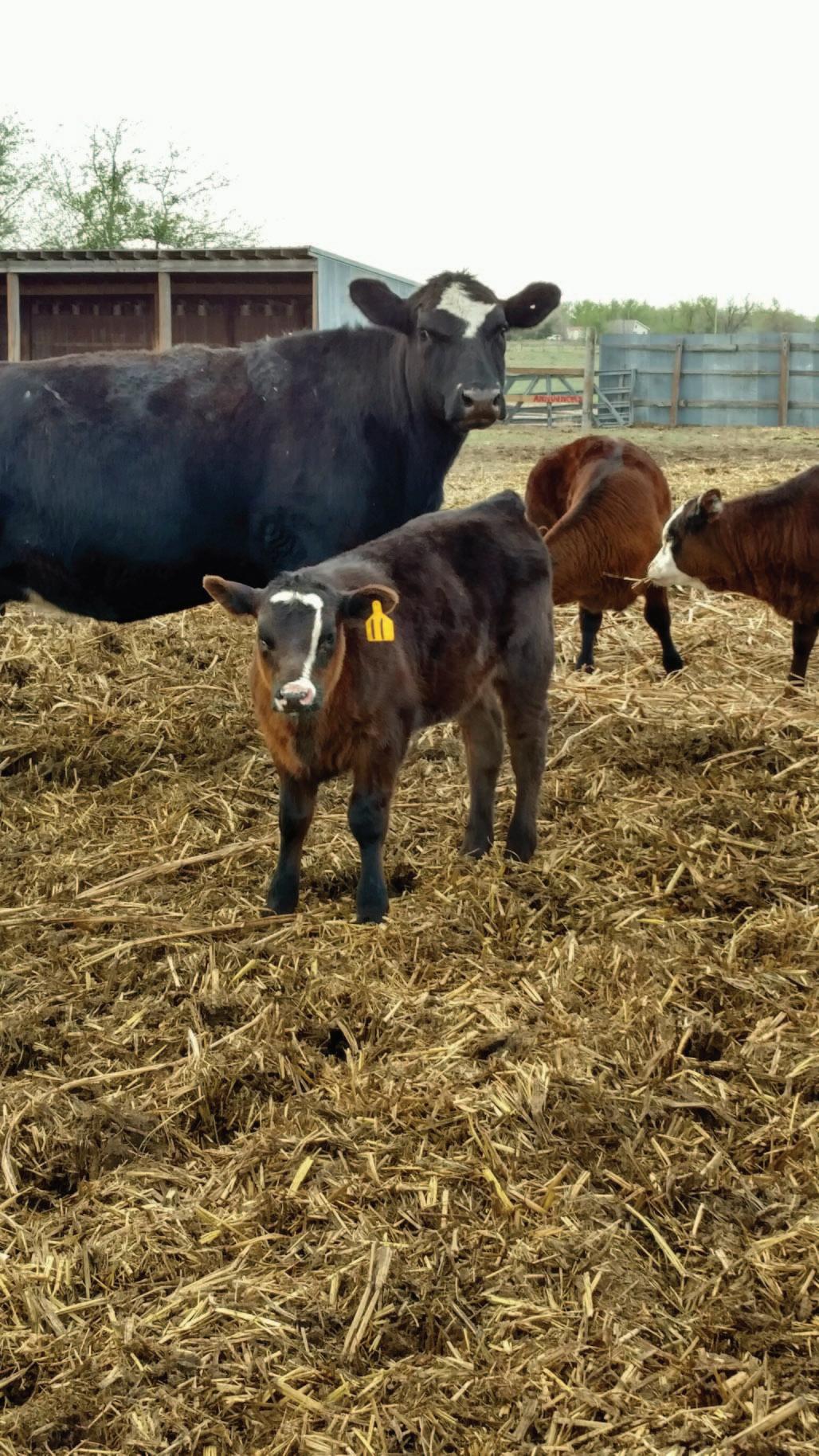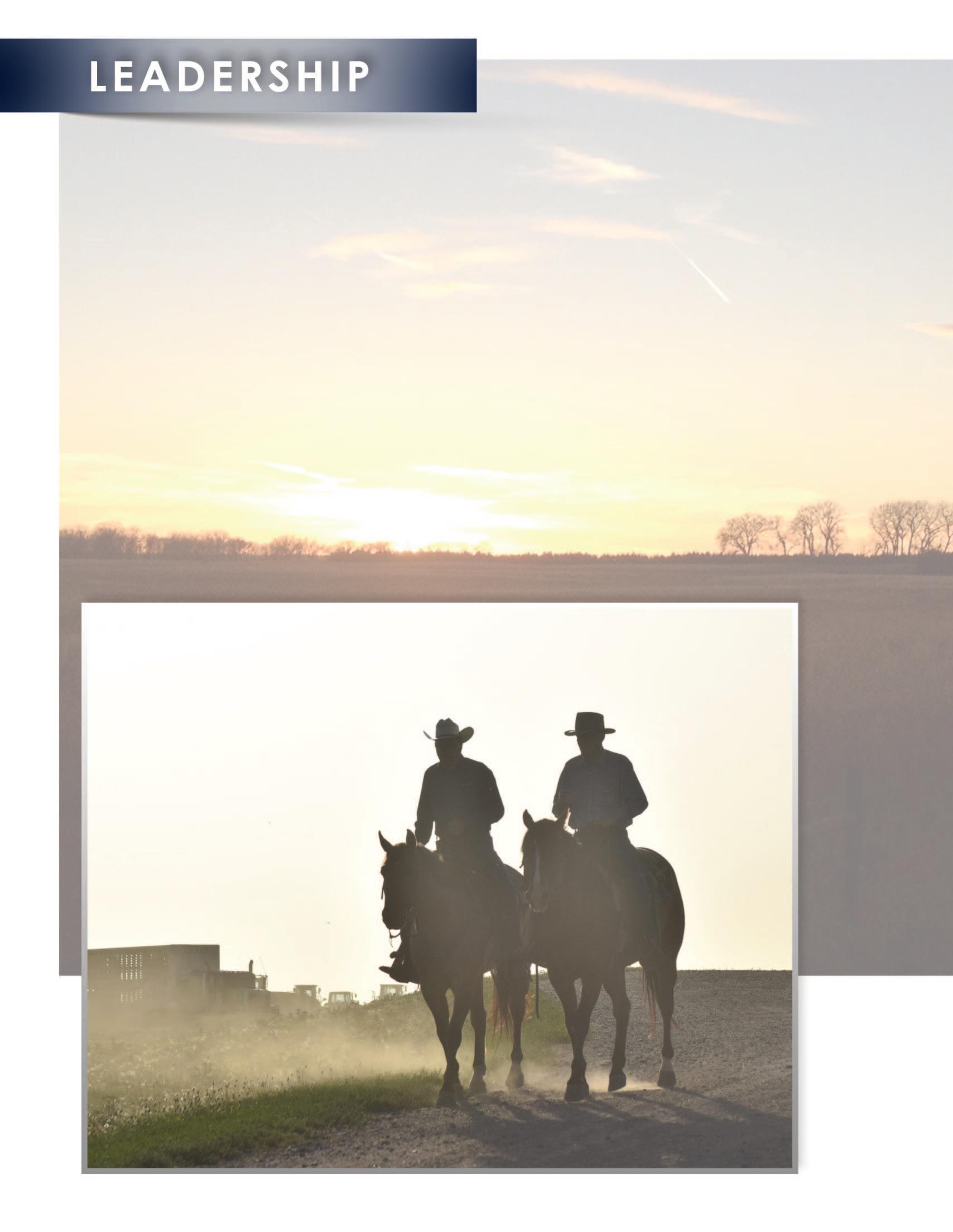
3 minute read
We Don’t Have a Shot for That
By: Dr. Randall Spare, Ashland Veterinary Center, Production Animal Consultation
Reprinted with permission from F&R Livestock Resource
The fall herd work for us at Ashland Veterinary Center is coming to a close. As the calendar turns to 2020, one might think the next task on our minds is calving season, then evaluating bulls for the upcoming breeding season. Yes, this is true. However, now is when we gather data from the fall work of pregnancy evaluation and assessing body condition. These two data points are heavily correlated. The nutritional status of the cow herd the next few months through calving will affect your 2020 pregnancy rate and breeding distribution.
Our clients often asked, “How is the pregnancy rate this fall?” Or, “How are heifers breeding?” Many producers want to know how they compare with others, or what they can expect when their herds are palpated. In other words, the real question being asked is, what is the chance I will have an acceptable percent of cows bred in the breeding season? The question I then ask myself is, “Why do we leave so much to chance when it comes to conception and reproduction?” Reproduction is a lowly heritable trait compared to other traits such as gain, marbling, ribeye area or even temperament within beef cattle. Another way to state this is that management, such as feeding and health, have a much greater effect on fertility in the cow herd than heritability.
Data collected at the time of palpating indicates the number one factor that affects pregnancy rate is the body condition score (BCS) of the cows. Many of the herds we serve utilize similar health management systems. In our practice setting, BVD status continues to be the cornerstone of health management. BVD is controlled through testing, biosecurity and vaccination using industry standards. As BVD is controlled, the vaccination tools are much more effective in mitigating other disease pressures.
Age of a group, or individuals within a herd, is also a confounding factor. As cows age and the teeth wear, fertility declines. Or, the very young coming three-year-olds are more frequently open. Ultimately, even as age varies, those cows that have a lower BCS are more likely to be open. The range of pregnancy rates in cows this fall ranged from 75 percent up to 98 percent for a 60-day breeding season. Those with the highest pregnancy rates had a body condition score of 5.5 or greater. The herd with the lowest pregnancy rate of 75 percent, had an average BCS of 4. This suggests that as BCS scores go up, so does the pregnancy rate.
As calving season begins or is on the horizon, the most important management tool we have is nutrition. Finding the nutritional requirements for each stage of production is available in many sources. These requirements will increase as the temperature drops and wet muddy conditions increase. Those cows that start into winter with a BCS of 5 or greater have more margin when the temperature drops and the wind and weather stress increases. The University of Nebraska reports the lower critical temperature (LCT) of cattle occurs when the temperature falls below a threshold and the cow needs use energy to maintain body temperature. Therefore, body condition becomes a risk management tool. A thin cow, with a BCS of 4 has a higher LCT than a cow in BCS of 5. A BCS of 4 has a LCT of 27 degrees compared to a cow in BCS of 5 with a LCT of 19 degrees. Cows energy needs increase as the temperature goes down. Lactation also increases the energy needs of the cow. Astute cowmen adjust for adverse weather conditions each year.

Because forage is the major source of nutrients for the cowherd, it is important to have the forage analyzed each year. The variability of some nutrients can be as great as 50 percent from year to year. This analysis will allow the supplement program to be tailored to the forage nutrient content and the environment.
During those times of the year when there is increased moisture, wind and decreased temperature, it is virtually impossible to feed enough high-quality forage and supplement to maintain or gain BCS. When the nutritional margin has been created by maintaining a BCS of 5 or greater by the beginning of the third trimester, a cow will more likely be able to maintain that condition to the beginning of the breeding season. An astute manager will not risk an unacceptable conception rate during breeding season. He or she will make certain the nutritional management and supplementation is accurate and scientific to meet the cows dietary needs throughout the year.

Often, we learn from past experiences. We remember the extended cold, wet and harsh winter that affected much of the upper Midwest in 2019. We fielded more calls about weak and stillborn calves. Many of these conversations began with, “Doc what shot can I give my cows to stop them from having premature or weak calves? I have been feeding them just like last year.”
Poor conception cannot be solved with a “shot.” The first response to resolving pregnancy wastage is to analyze the feeding program.











